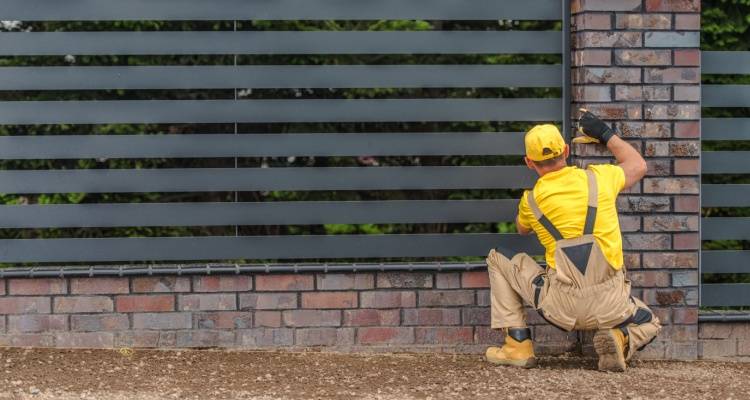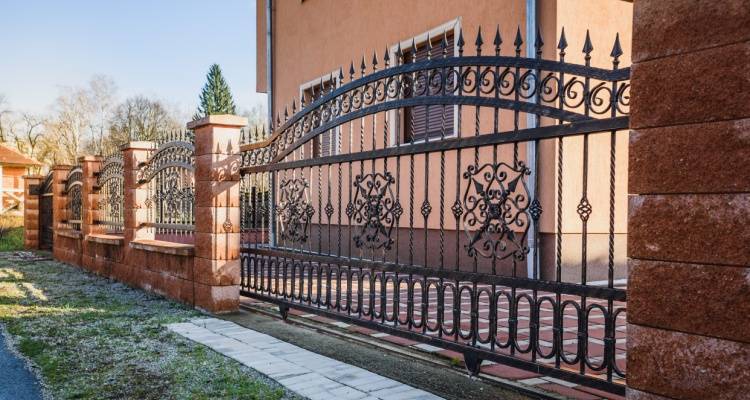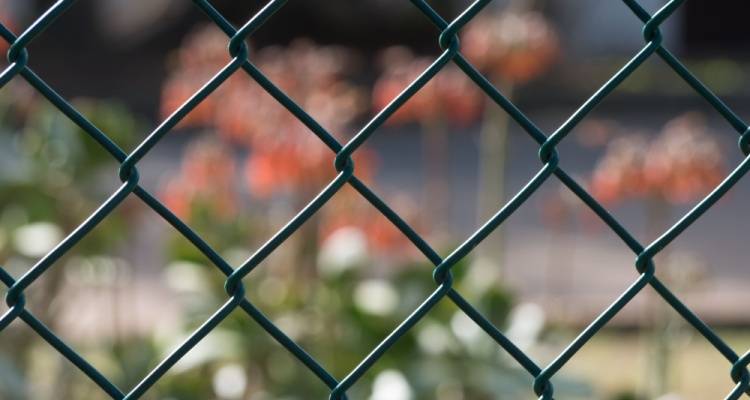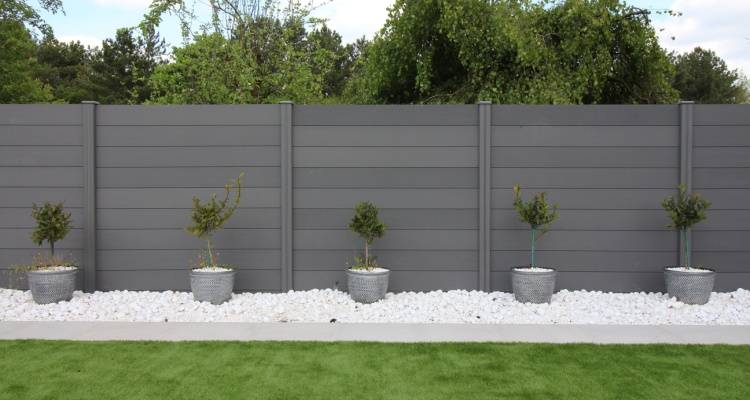Fence Repair Cost
- The average cost to repair a fence is £150.
- It will typically take around 3 hours to finish.
- A breakdown of typical fence repair costs in 2026.
- How long fence repairs take and what impacts the prices you're quoted.
- Building regulation and planning permission details.
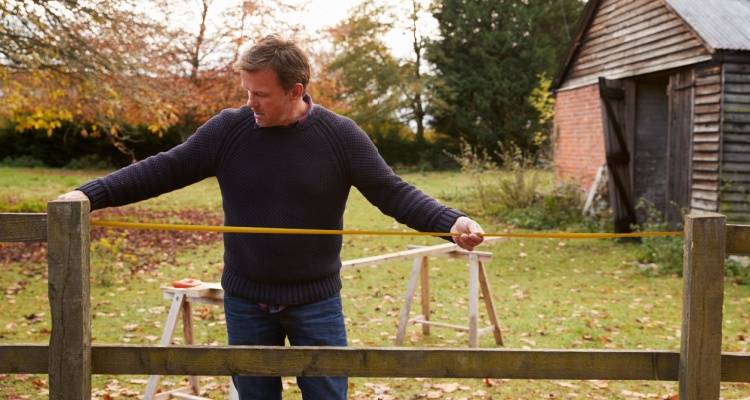
£150
Table of Contents
How Much Does Fence Repair Cost?
When it comes to mending fences in the UK, the price tag can swing quite a bit, hinging on what’s gone wrong and what your fence is made of.
For example, your wooden fence has a couple of planks that have seen better days - you’re likely looking at shelling out something like £100 to £200 to patch it up.
But if we’re talking metal fences, fixing a break might mean parting with £150 to £300. And let’s not forget, if your fence has taken a serious tumble or something a bit more complicated is at play, the costs could leap up to £500 or beyond.
Now, composite or plastic fences are tough cookies, but even they can succumb to the odd crack or fade. Getting them back in tip-top shape might cost you between £100 and £250.
Remember, these figures are ballpark estimates - the actual cost can vary based on where you are, the going rate for materials, and just how easy it is to get to your fence. It’s a good nudge to keep up with fence maintenance, but when repairs are in order, tackling them sooner rather than later can save you from a bigger headache and heftier costs down the line.
Average Fence Prices
Here are the average cost of replacing damaged fencing panels:
| Material | Height | Width | Average Cost |
|---|---|---|---|
| Metal (1 Panel) | 1.83 metres | 914mm | £142.56 |
| Composite (3 Panels) | 1.8 metres | 183 metres | £860.00 |
| Plastic (rattan weave – 1 Panel) | 1 metre | 1 metre | £26.00 |
| Wire Mesh | 900mm | 5 metres | £30.00 |
| Material | Height | Width | Average Cost |
|---|---|---|---|
| Wooden (lap – 1 panel) | 1.83 metres | 1.22 metres | £30.00 |
| Wooden (picket 1 Panel) | 1 metre | 1.8 metres | £42.00 |
| Wooden (closeboard 1 panel) | 1.52 metres | 1.83 metres | £61.00 |
The prices in the chart above are for the minimum sizes you can normally buy. If you need more fencing, then the cost will rise. If you only need a small quantity to fix a fence, it might be worth looking around at websites that sell reclaimed or second-hand materials.
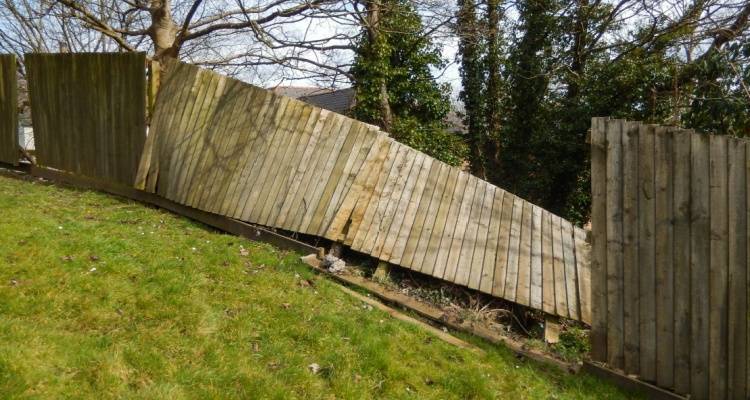
Labour costs also depend on how much fencing is being replaced. We’ve based our estimations on a simple repair with labour costs between 2 and 3 hours.
Another consideration to add to your budget is the price of posts and gravel boards if they need replacing too.
See the charts below for the average price of posts and gravel boards.
| Material | Average cost of posts per post | Average cost of gravel boards per board |
|---|---|---|
| Concrete | £15 - £20 | £30-£50 |
| Timber | £10 - £15 | £10- £30 |
Labour Costs and Timescales
The labour costs and timescales will depend on what professional you use to repair your fencing. For example, a fencing installer will probably have more experience than say a handyman and take less time to do the job. But a handyman may be cheaper.
The time it takes to complete a garden fence repair will depend on the amount of fencing that needs repair and the type of fencing you own.
If you have to repair or replace a piece of chain link fence, then the costs will be considerably lower than if you were to do a wooden fence panel repair. The average cost of a chain link fence is cheap at around £30 whereas a timber panel will cost between £30 and £65.00.
A simple repair might only take between 2 and 3 hours. But if you have to do a fence post repair then you might be looking at half a day or more.
Keep in mind: The cost of a tradesperson will depend on what part of the country you come from. London and the South East of England are always more expensive than other parts of the UK.
Supply Costs
If you are going to have your fence repaired by a professional, then materials to complete the repair will normally be included in your quote with the addition of the appropriate fencing.
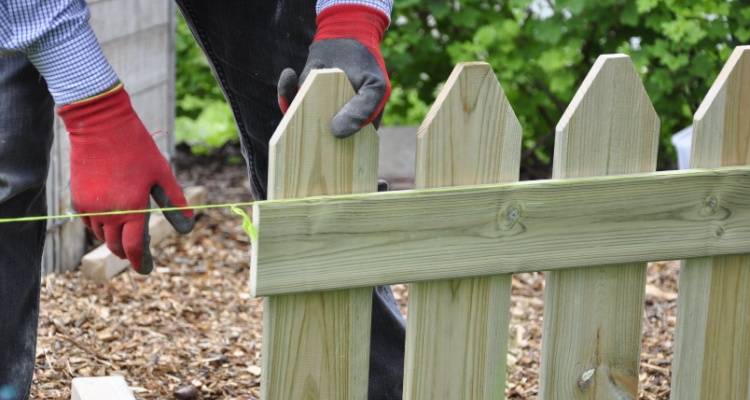
If you want to do the job yourself as a DIY project then you will also have to include the cost of nails, fencing ties (if you have a chain link fence), post clips, wood preserver and garden paint. These costs need to be added to the fencing, gravel boards and posts.
| Materials | Average Cost |
|---|---|
| Nails (10 pack) | £3.00 |
| Fencing ties (pack of 100) | £5.00 |
| Post Clips (pack of 10) | £9.50 |
| Post Caps (pack of 5) | £14 |
| Wood Preserver | £20 (1 litre) £36.00 (5 litres) |
| Wood Paint | £14 - £30 |
| Concrete 20kg | £8.00 |
Cost Factors of Repairing a Fence
If you want to save money on a fencing repair, then you could do the work yourself. You’ll need the right tools and the time to get the job done. A DIY solution means you will save on the cost of labour. Fence installers charge between £35 to £55 an hour, so you might save yourself between £140 and £220 for half a day’s work.
Types of Garden Fencing Repair
You can use a wide variety of fencing materials for your garden fence. Wood is a firm favourite, but householders are also choosing to use chain link fencing, composite fencing, PVC, and metal fencing.
Most fencing is installed in panels and therefore if a panel is damaged it is usually easier to replace the panel. If you have chain link fencing, then you can add a new piece of fencing to the existing fence. Wrought iron fencing, which you often see in front gardens, may need to be replaced or can be repaired by welding and shaping a new piece of metal to match the original.
Repairing/Replacing a Wooden Fence
If a fence post is moving, then a repair will be needed to strengthen it and put it back in an upright position. This can be done by digging out the post, renewing the concrete and re-setting the post.
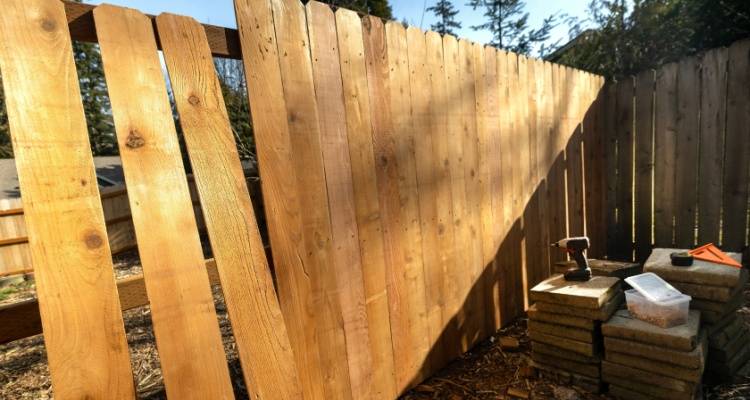
If you have a damaged timber fence panel, then it is usually better to replace the panel with a new one.
Your first job will be to remove the damaged fence. You will need the following tools:
- Digging spade
- Crowbar
- Hacksaw
- Pliers
- Protective gloves
- Hammer and nails
Remove the fence panel from the fence post using a crowbar. Then saw through the nails with a hacksaw and pull them out with pliers.
If you don’t need to renew posts the next step will be to install the new fence panel. Make sure the fence is level and then hammer in the nails to the batten framing.
If the fence panel needs to be smaller than the size you have purchased, you can cut it to size using a saw.
If you are renewing posts, you will also need to insert the posts into the excavated holes. Pour concrete into the hole to secure the post and smooth the concrete at a level which allows any rainwater to drain away.
Building Regulations and Planning Permission
Planning Permission
If you are repairing a fence that is already in place, then you don’t need planning permission. If you are installing a new fence, then there are certain conditions:
- If the location of the fence is next to the road used by vehicles, then the fence can’t be more than one metre high.
- If the fence isn’t next to a road, it can be up to 2 metres high, but no higher than this.
- You are not living in a property that is listed or is located in a conservation area.
- The new fence is replacing an existing fence
Building Regulations
Repairing a fence doesn’t require any building regulation permission. You should though inform your neighbour if you are mending a fence on a boundary wall.
Cleaning and Maintaining Fencing
Any type of fencing should be cleaned regularly to remove dirt and debris.
Wooden Fencing
If you have a wooden fence, you can use a hose to clean it, whilst using a scrubbing brush and some washing-up liquid to get rid of stubborn marks.
Metal Fencing
Use warm soapy water and a cloth to clean a metal fence. Stubborn marks should be removed by using a wire brush. If the fence is rusting remove the rust and treat the metal with a rust protector before repainting it.
uPVC & Composite Fencing
Use a soft cloth and warm, soapy water to clean a uPVC or composite fence. Don’t use any products with bleach in them as this will affect the colour. If you have any stubborn marks use a hard bristle brush. If you use a wire brush, you will scratch the plastic.
Removing Garden Fences
Removing an old wooden garden fence needn’t be a difficult job as long as you have the right tools.
When the fencing has been removed, you may need to take the wood to the recycling centre. If you don’t have transport, then you should be able to find a van and driver to do the job. A van and driver may cost, on average, between £35 and £90 an hour.
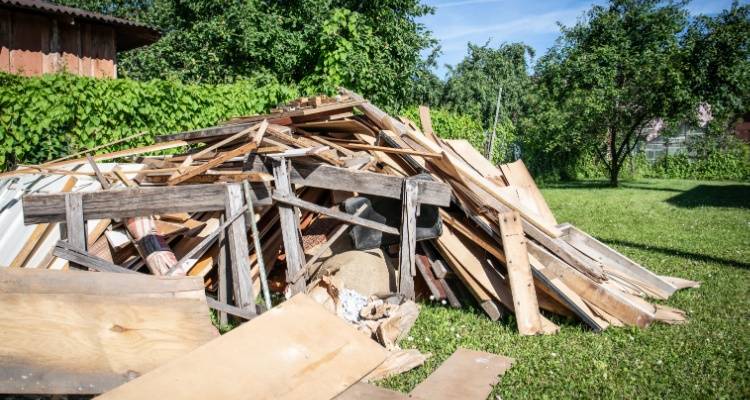
Alternatively, you might have a community recycling centre near you. They will come and collect the wood for a reasonable charge.
If you have a lot of old fencing, you may need to hire a skip. A mini skip will cost between £60 and £250. Mini skips will hold between 30 and 40 bin bags. If you need a larger skip, then expect to pay between £120 and £400.00.
Chain link fencing will need to be cut if a repair is needed. The damaged fence can then be removed by undoing any ties, cutting the damaged fence with pliers, and then laying the old fencing on the floor reading to be rolled and removed.
Metal fencing is heavier to handle in comparison to a wooden or chain link fence. You will need to unfasten any screws and then remove the railings from the concrete either by using a metal bar to prise the fencing loose or by drilling into the concrete.
Checklist: Hiring a Garden Fence Repairer
Before hiring someone to fix your fence, it's worth asking the right questions can help you to find a local fence repair company. This ensures you know exactly what you're paying for and avoid unexpected costs.
- Previous Work.Ask about previous fence repairs, especially jobs similar to yours (e.g. rotten posts, fixing storm damage, repairing fence panels). This helps you assess the quality of their work.
- Experience.Ask about experience with your fence type. Wooden, metal and composite fences all require different repair methods. Make sure the contractor has repaired your type of fence before.
- Fence Repair Costs.Request an itemised quote that lists labour, materials such as posts, panels, gravel boards etc. and waste removal. This makes it easier to compare quotes fairly.
- Timescale.Confirm how long the repair will take. Ask when they can start, and how many days the fence repair will take. This is important if your fence is currently unsafe or it's left your garden exposed.
- Guarantees.Ask about any work guarantees. Some tradespeople offer a guarantee on posts or panels. This gives peace of mind if repairs don't last as long as expected.
Once you've gathered at least three quotes, you'll be able to compare posts, timelines and service details to choose the best value fence company for your fence repair requirements.


